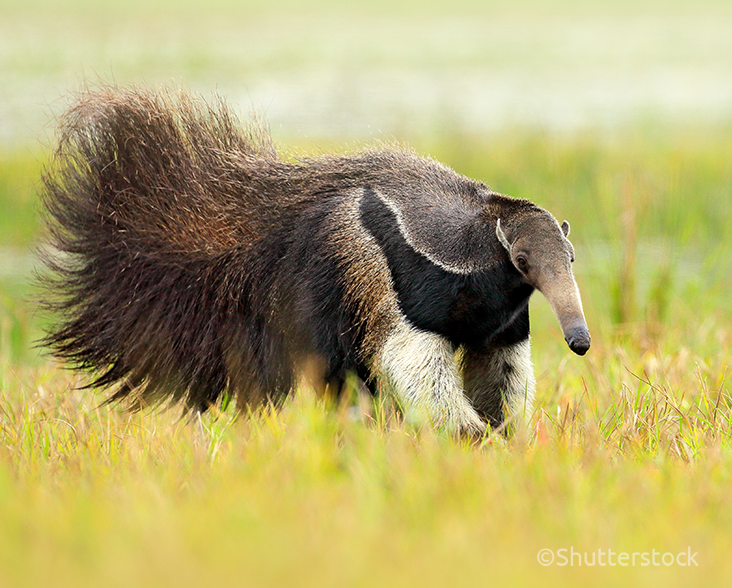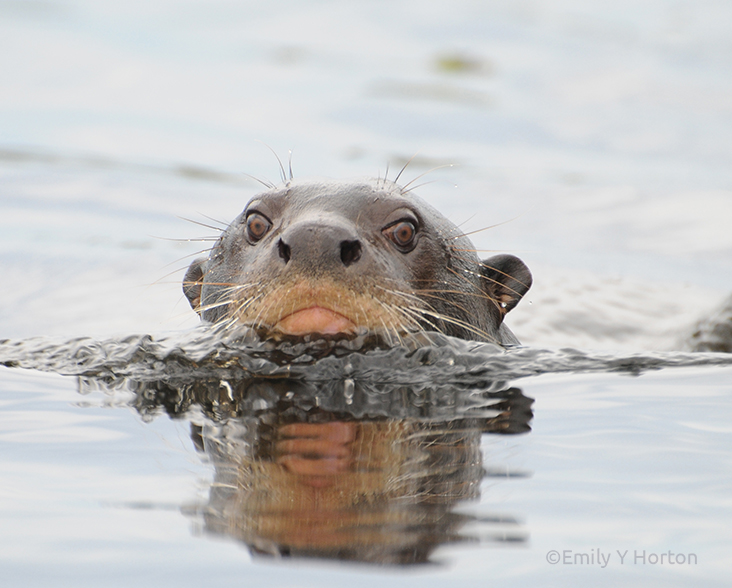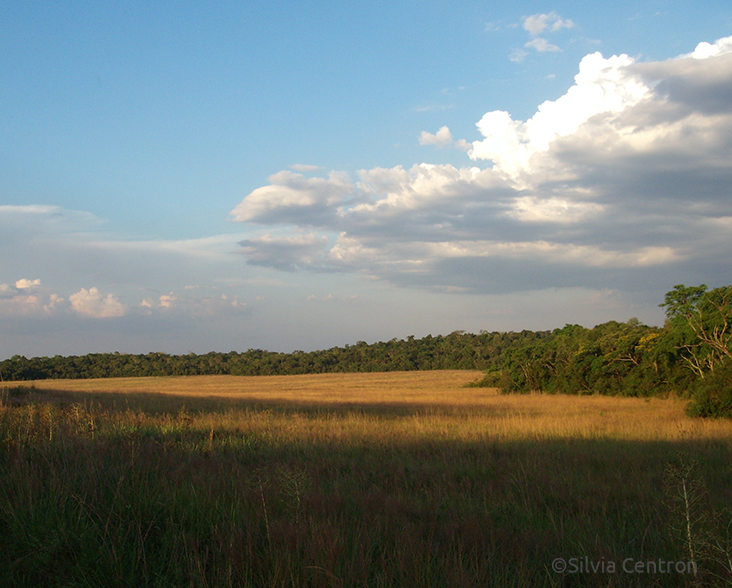The Paraguay Forest Conservation Project at La Amistad, San Rafael, will enable the La Amistad community members to improve their farming systems and general well-being and safeguard the forest under their control. In the absence of the project, community members will have no choice but to remove further forest on their land, resulting in the release of stored carbon. Our Project Design Document, submitted for third-party validation to the Climate, Community & Biodiversity Alliance (CCBA), sets out in detail how the project will proceed. We summarise the key points below.
Biodiversity value
The forests at San Rafael form part of the once-vast Atlantic Rainforest, now the world’s most critically threatened biodiversity hotspot. The Atlantic Rainforest biome stretches across four South American countries, Brazil, Paraguay, Argentina and Uruguay. Overall it supports some 20,000 plant species of which 40 percent are found nowhere else on Earth. 950 species of bird are also found here, including numerous endemic species and many that are Critically Endangered. 93% of the forest is already lost and the remainder is under great pressure.
The Atlantic Forest once covered the entire eastern region of Paraguay but is now largely reduced to tiny fragments. The forest of San Rafael is, at 70,000 ha, one of the largest patches remaining and is of outstanding biodiversity importance. It is largely comprised of moist, semi-evergreen ‘Upper Parana’ Forest, further diversified by a mosaic of natural grasslands (outliers of the Pampas) on its western edge.
The San Rafael Important Bird Area (IBA) was identified in 1997 as only the second IBA in Latin America. It is the most important site for threatened and endemic Atlantic Forest birds in Paraguay. 26 bird species are of conservation concern, along with 27 mammal and 71 plant species. Birds include Harpy Eagle (Harpia harpyja) (NT), White-eared Puffbird (Nystalus chacuru) (LC), Bare-throated Bell-bird (Procnias nudicollis) (VU), and Black-fronted Piping-guan (Pipile Jacutinga) (EN).
95% of the San Rafael IBA remains in its natural state. Of this, 91% is semi-evergreen lowland tropical forest, 3% is savanna, and 1% is scrub. The remaining 5% is used for agriculture. San Rafael still has no secure protected status and suffers from widespread illicit timber extraction and patchy clearance.
Community benefits
The project concentrates on the campesino community of La Amistad, resettled under the national Agrarian Reform programme, on a strip of 1182 ha penetrating into the heart of the forest. Approximately half of the land held by La Amistad small-holder community members remains forested. However, the opportunity-costs to community members of retaining forest cover are presently high, because they do not derive benefits from standing forest commensurate to those they would gain from alternative land-uses.
Given that the La Amistad community welfare is compromised by low incomes, the incentive to clear additional forest is extremely strong. This project thus aims to reward the community for the Ecosystem Services their forest areas provide, and to facilitate improvements to farmed areas so as to enhance incomes.
Individual participation is entirely voluntary, with community members opting to contribute forest parcels to the community forest reserve, in exchange for payments that are attractive when set against prevailing prices for cotton, the dominant export crop for the community. The payment level is such as to be attractive when 75% is paid to the individual and the remaining 25% used to secure the participant’s title to his land.
An agricultural extension service will be provided to assist community members to adopt farming practices that enhance yields on already-converted land in a sustainable way, thus increasing farm stability and income and reducing the incentive to expand cultivated areas.
CCBA certification
During 2010, the La Amistad project at San Rafael was submitted by the WLT to the Climate, Community & Biodiversity Alliance (CCBA) for independent third-party verification of its community, carbon and biodiversity effectiveness and benefits. In October 2010, the project was certified by CCBA, and deemed to achieve a ‘Gold’ rating reflecting the substantial biodiversity co-benefits of the project.
CCBA verification
Social and biodiversity monitoring plans have been produced to monitor the social and biodiversity impacts of the Paraguayan Forest Conservation REDD+ Project implemented in San Rafael.
Verification documents
VCS
CCBA




